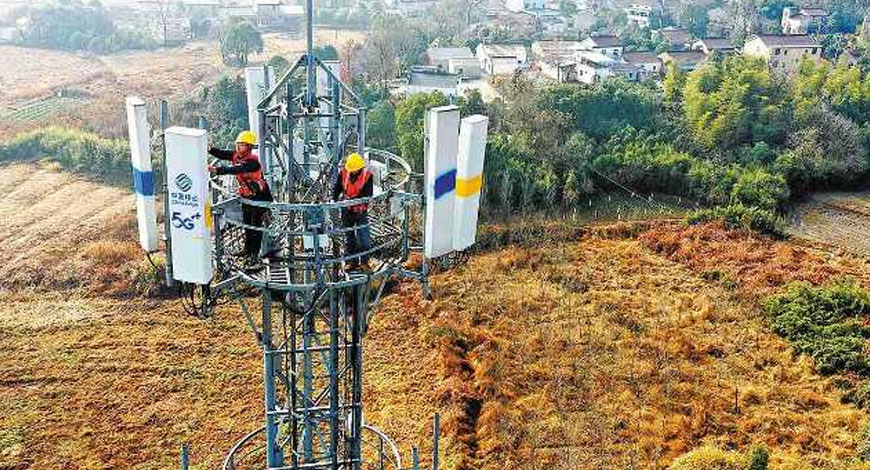5G
5G to make up 60% of global data traffic by 2027

In the 5G era, the demand for data is reaching new highs. Annual data traffic from the top 30 countries monitored by ABI Research is forecast to grow from almost 1,100 exabytes in 2022 to over 4,000 exabytes in 2027 (at a CAGR of 30%), with 5G making up ~60% of total data traffic in 2027. With the higher data throughputs and lower latencies required by 5G networks, backhaul or transport solutions must also adapt to meet the increased requirements needed by 5G technology. While fiber-optic remains a preferred choice for 5G backhaul, wireless backhaul technology is still seen as a key component in many 5G networks due to its lower deployment costs and ability to be deployed in areas where fiber deployment is complex, as well as its capacity to handle 5G backhaul requirements. Additionally, wireless backhaul deployments can also be used to complement fiber backhaul deployments by providing increased resiliency. According to global technology intelligence firm ABI Research, the total number of cellular base stations (including both macro and small cells) using wireless backhaul links will increase from 6.3 million in 2022 to 7.6 million in 2027 (at a Compound Annual Growth Rate (CAGR) of 4%), with E-band growing rapidly from almost 400,000 links in 2022 to 2.5 million links in 2027 (at a CAGR of 44%).
“Technological advances for Microwave and Millimeter Wave (mmWave) solutions, such as Band and Carrier Aggregation (BCA), Cross Polarization Interference Cancelling (XPIC), adaptive modulation, antenna stabilization technology, and high-powered radios, etc., have led to increased link capacities and distances attainable by the various frequency bands, thereby making microwave and mmWave backhaul more viable options for Communication Service Providers (CSPs),” says Matthias Foo, Industry Analyst at ABI Research. “A light licensing regime for E-band, implemented in several markets, has also lowered the costs for E-band, thus making the band an attractive option for standalone and multi-band deployments.”
ABI Research expects a gradual migration of existing backhaul links in the lower microwave band to higher frequency bands due to spectral congestion. For example, there has been strong interest in using the 6 GHz band for unlicensed services, such as Wi-Fi, with countries like the United States and South Korea already adopting license-exempt access to the entire 6 GHz band. For the upcoming World Radiocommunication Conference to be held between November and December 2023 (WRC-23), frequency bands—6.425 – 7.025 GHz, 7.025 – 7.125 GHz, and 10.0 – 10.5 GHz—are also being considered for International Mobile Telecommunications (IMT).
Additionally, it can also be observed that research into the use of even higher frequencies, such as the W-band and D-band, is already underway, with some companies also offering the use of Free Space Optics (FSO) communications and satellite 5G backhaul as alternate solutions. “With the improving capabilities of various wireless backhaul technologies, the industry has strong growth potential. However, despite an overall positive outlook, challenges remain. Macroeconomic factors, such as strong global headwinds, the continuing impact of the Russia-Ukraine conflict, the present global energy crisis, and chipset shortages, are expected to have some impact on the industry,” concludes Jake Saunders, Vice President Asia Pacific and Research Director at ABI Research. ABI Research















You must be logged in to post a comment Login